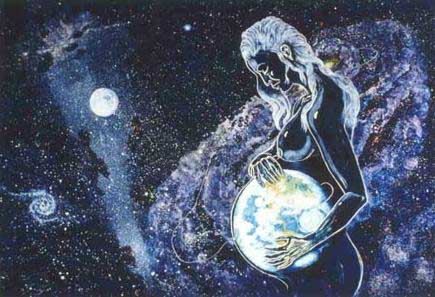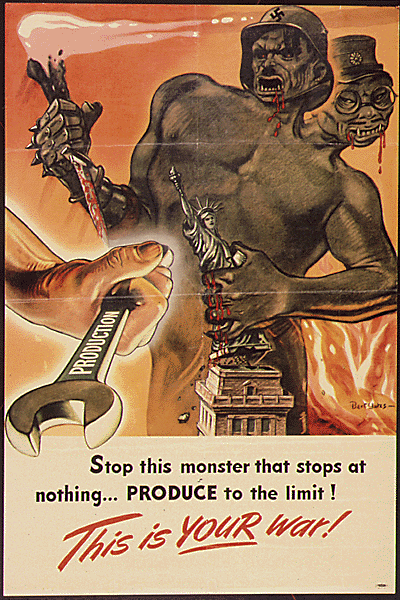
Plus American Nationalism Arises (not surprisingly)
US Production statistics (1942-1945)
As a result, an unprecedented factory production machine suddenly appeared.

Plus American Nationalism Arises (not surprisingly)
US Production statistics (1942-1945)
 per day!)
per day!)
Bonneville Dam was the number one target for a Japanese Mainland air strike because it supplied electricity to the Boeing War Machine
Important Quotes from this period:
The question that I will ask you to consider today is this: When the war is over, are we likely,
and do we want to keep this attitude to work and the results of work? Or are we
preparing and do we want to back to our old habits of thought?
Because I believe that on our answer to this question the whole economic future of society
will depend. Sooner or later the moment will come when we have to make a decision
about this. At the moment, we are not making it - it is being made for us (by the machine).
(Dorothy Sayers 1942 College Lecture) ( i.e. do we intentionally
turn the war production machine off and go back to our former means of production )
Only if we have large demands can we expect large production. Therefore, it is important
that in planning for the postwar period, we give adequate consideration to the need
for ever-increasing consumption on the part of our people as one of the prime requisites
for prosperity. (Robert Nathan 1944 - an economist).
Our enormously productive economy demands that we make consumption our way of life, that we convert the buying and use of goods into rituals , that we seek our
spiritual satisfactions, our ego
satisfactions, in consumption.
The measure of social status , of social acceptance, of prestige , is now to be found in our consumptive patterns. The very meaning and significance of our lives is today expressed in consumptive terms (Victor Lebow 1955 - The Journal of Retailing)
Competition has been shown to be useful up to a certain point and no further, but cooperation,
which is the thing we must strive for today, begins where competition leaves off (FDR 1933
Inagaural Speech).
The 1946 Employment Act named "purchasing power" as one of the things government was meant to promote.
Thus prompted, Americans of the late 1940s got down to the business of buying things. In the first five years of peace, consumer spending increased by 60 percent. People bought cars and boats and clothing. They bought furniture and appliances. They bought Tupperware.
Most of all, they bought houses. Housing starts went from 142,000 in 1944 to 2 million in 1950. Let me say that again: 142,000 to 2 million in just 6 years!
The Ad Council cheered them on, casting consumption as what distinguished happy capitalists from those poor benighted souls living under the communist boot.
American in the 1950s: The Decade that Changed Everything:
The Atomic Age; Prosperity for All; Interstates; Suburbia; Television; Rock N Roll; The Age of Advertising;
The Happy Homemaker
Slogans R Us
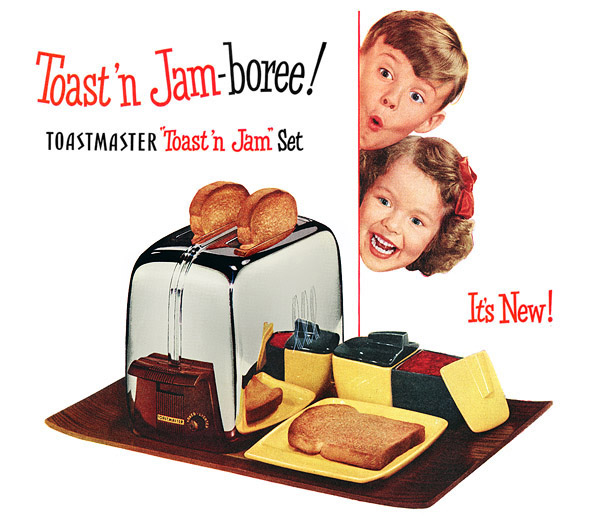
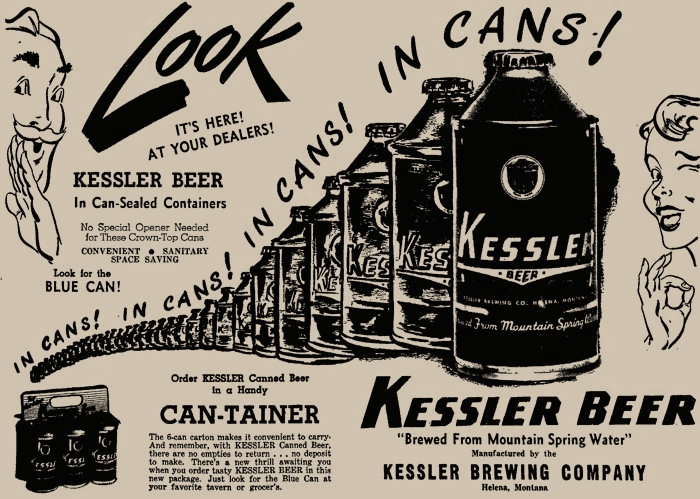
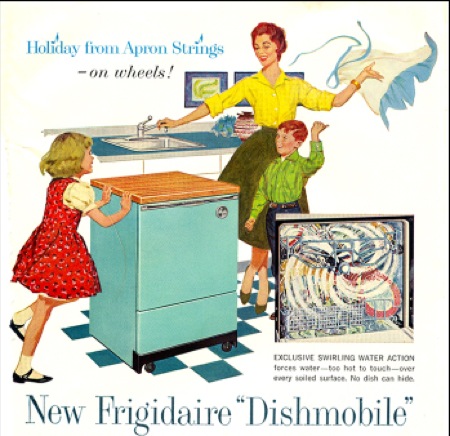
Leisure Time:
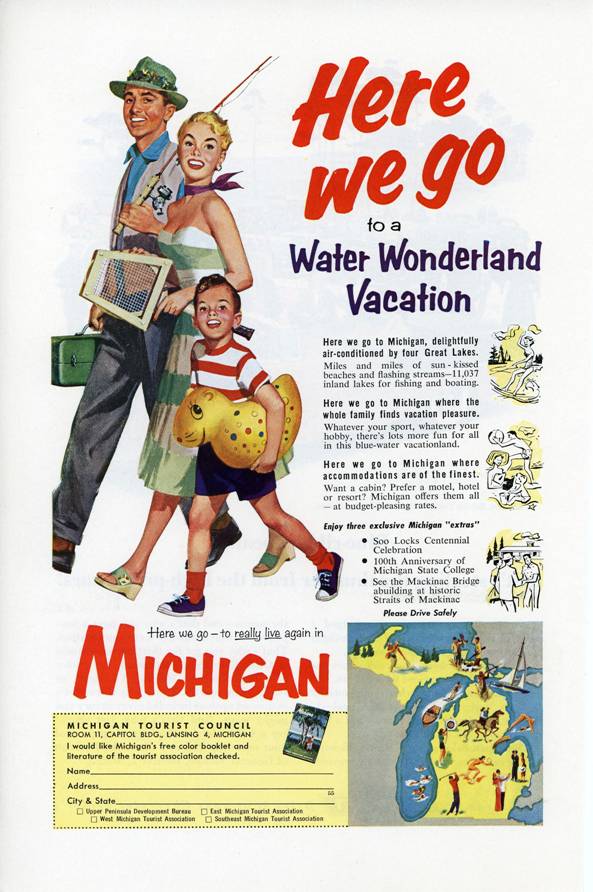
Atomic Energy is Fun, Safe
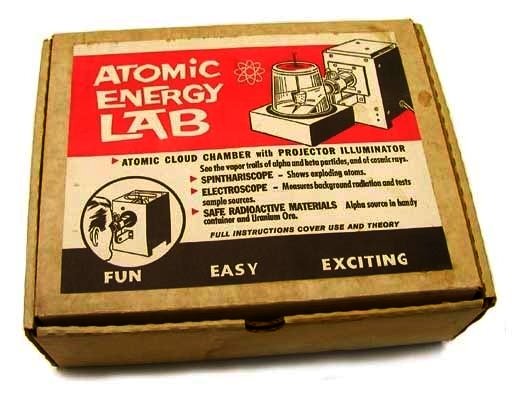
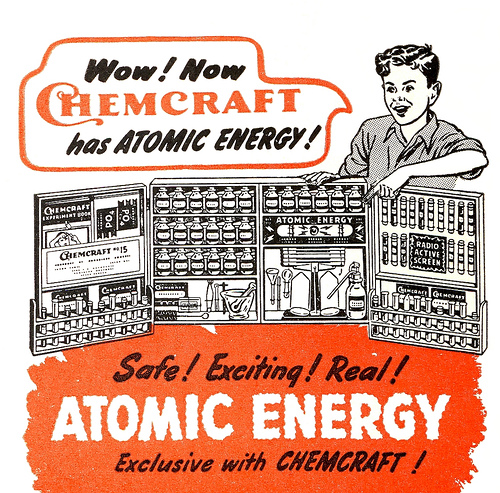
The Homemaker


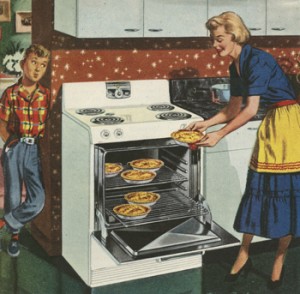

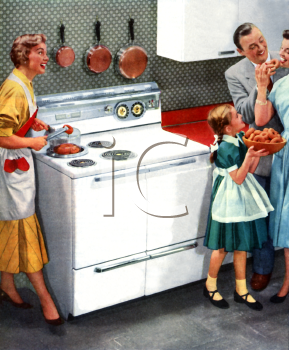
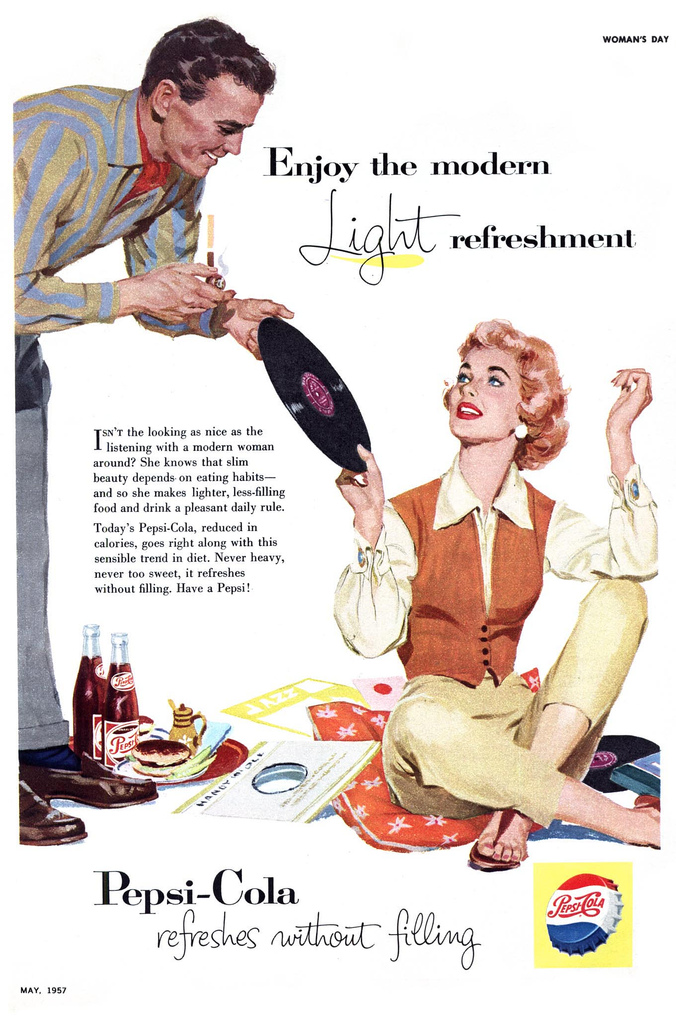
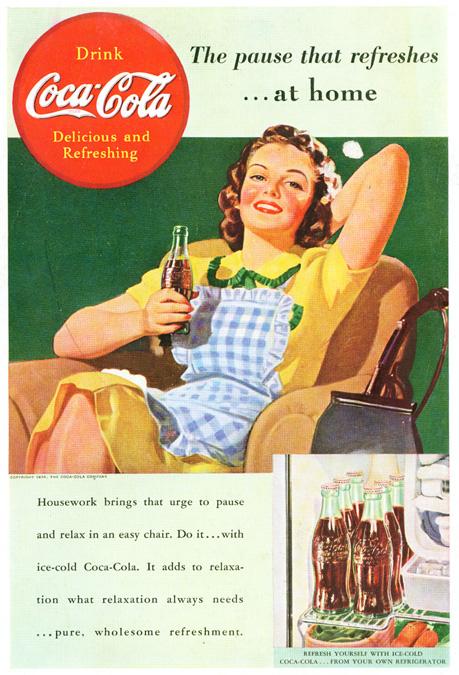

You will buy a TV; You will buy a TV
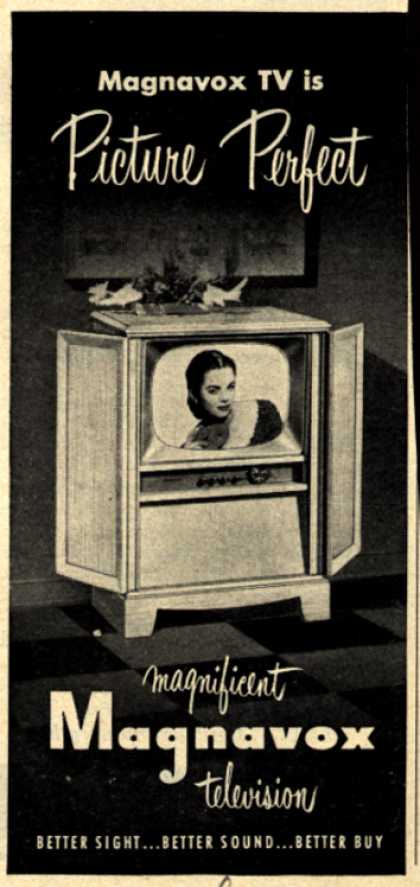
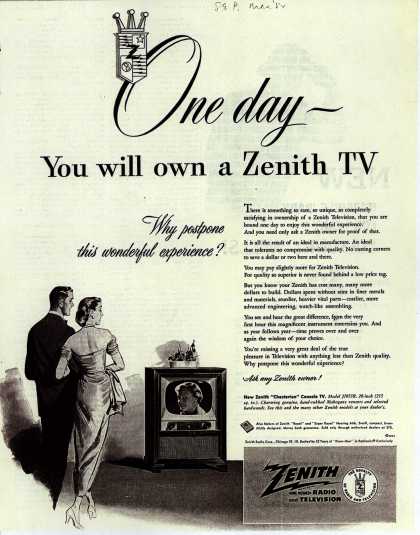
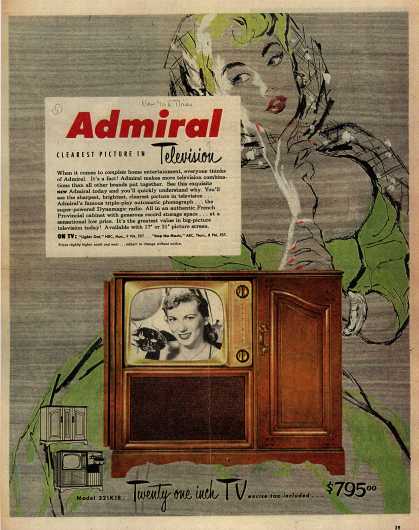
You will especially buy a New Car!!
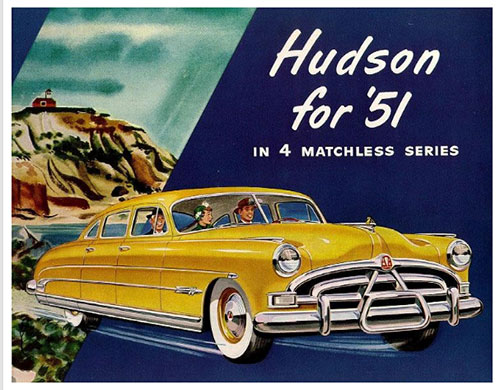

And don't forget about Smoking ...
WTF

And even Future Presidents:
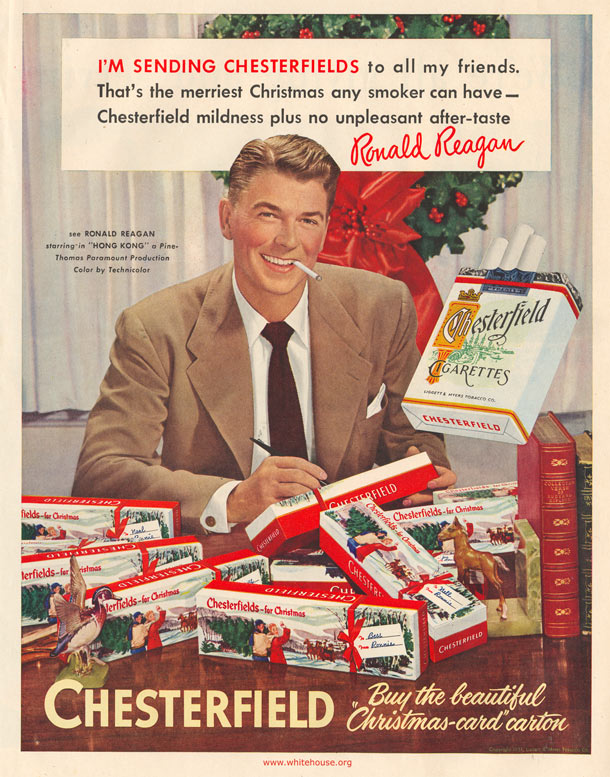
1950s conversion to Suburbia and Conformity:

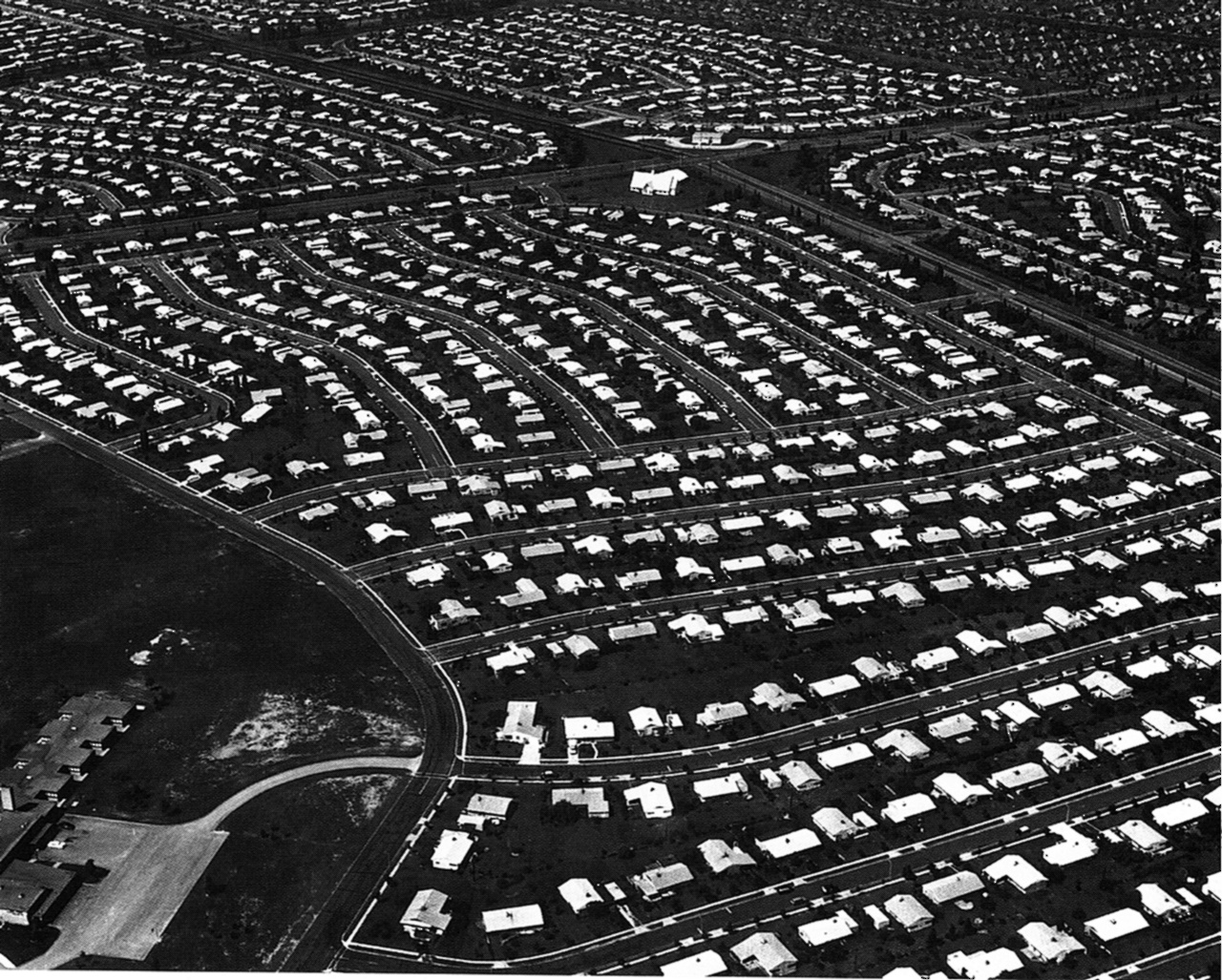
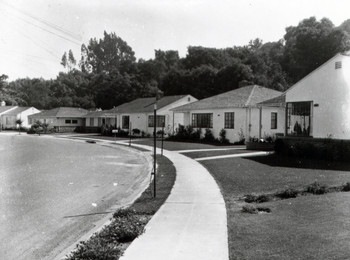
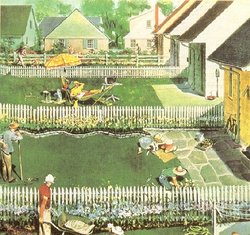
And Networks of Freeways:
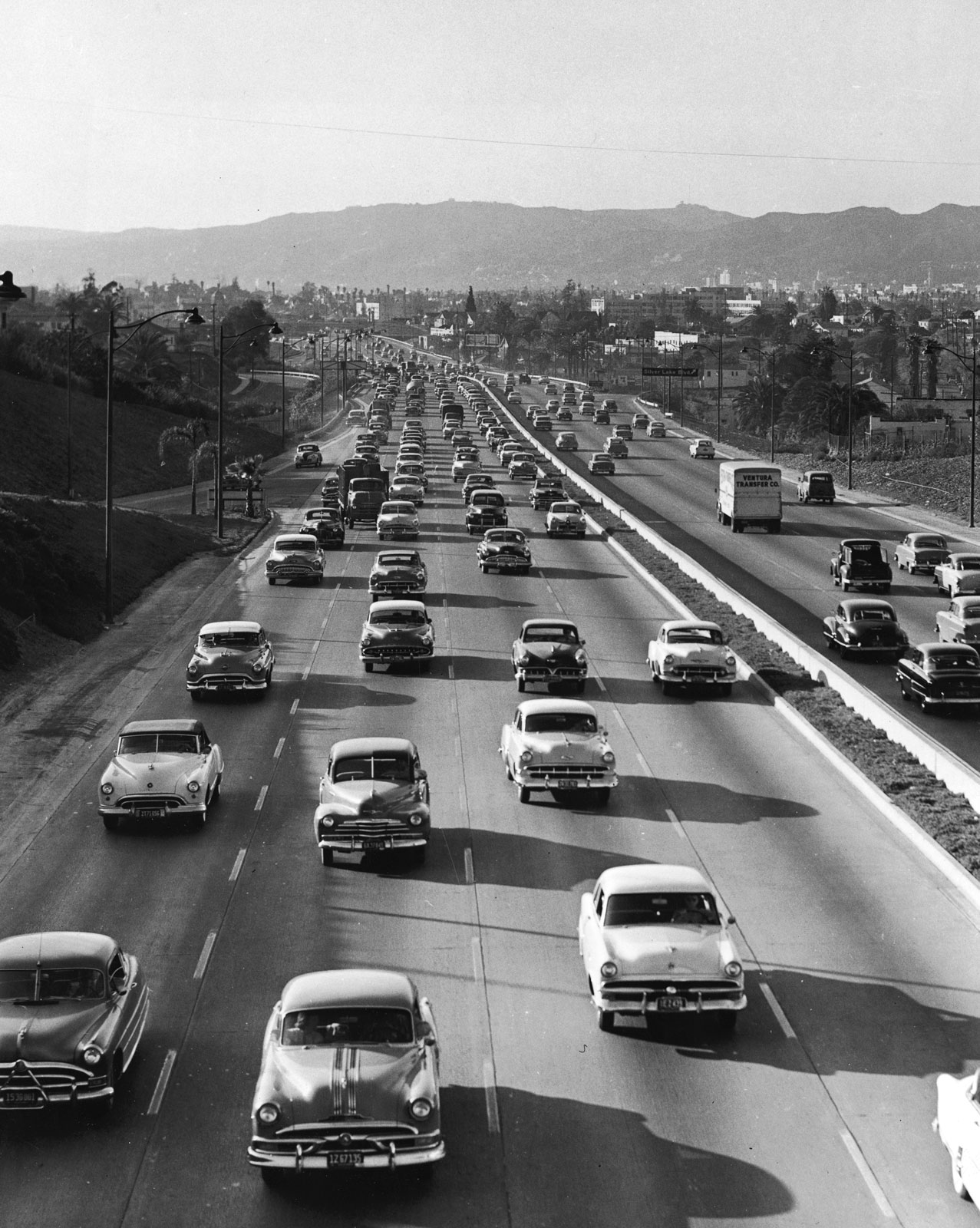
As a result of suburbia + interstates the US built the most energy intensive transportation economy that could be built. But since the price of gas was so low, and America produced 50% of world oil during the 1950's, possibly problems with this approach were wholly ignored.
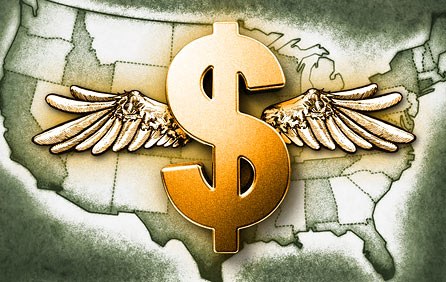 And so set the stage for every increasing production and
consumption. American prosperity required dominating the world in trade and products and for
a long time we did and in the short term, it certainly did pay off. Life the 1950s and 1960s was a
lot better than life in the 1920's and 1930's - personal prosperity and personal productivity were
very high and the free market society was borne without boundaries. But what will
life be like in 2030 compared to 2010?
And so set the stage for every increasing production and
consumption. American prosperity required dominating the world in trade and products and for
a long time we did and in the short term, it certainly did pay off. Life the 1950s and 1960s was a
lot better than life in the 1920's and 1930's - personal prosperity and personal productivity were
very high and the free market society was borne without boundaries. But what will
life be like in 2030 compared to 2010?
Global Consumerism as the Anthropocene: From Hunter-Gatherers to a Global Geophysical Force in just 10,000 years.
1750 to 2000 Changing "Human Enterprise"
Note the Great Acceleration around 1950 in rate changes.
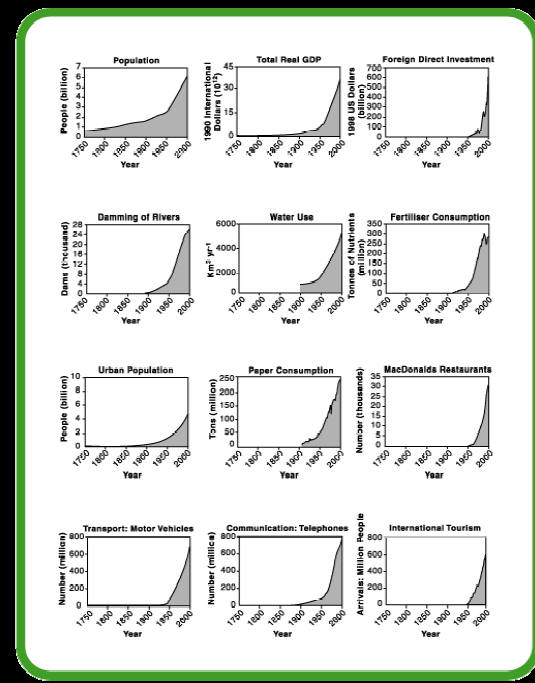
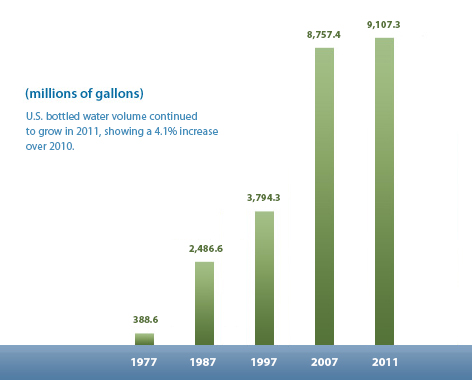
And where does it end up in an invisble way:
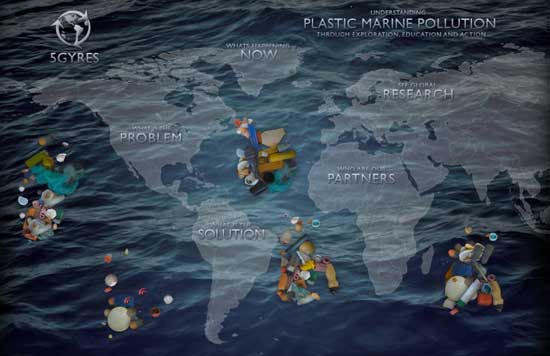
The great ocean garbage patches.
The mobility shift and Rare Earths:

And China controls 97% of the Rare Earth Market and Distribution
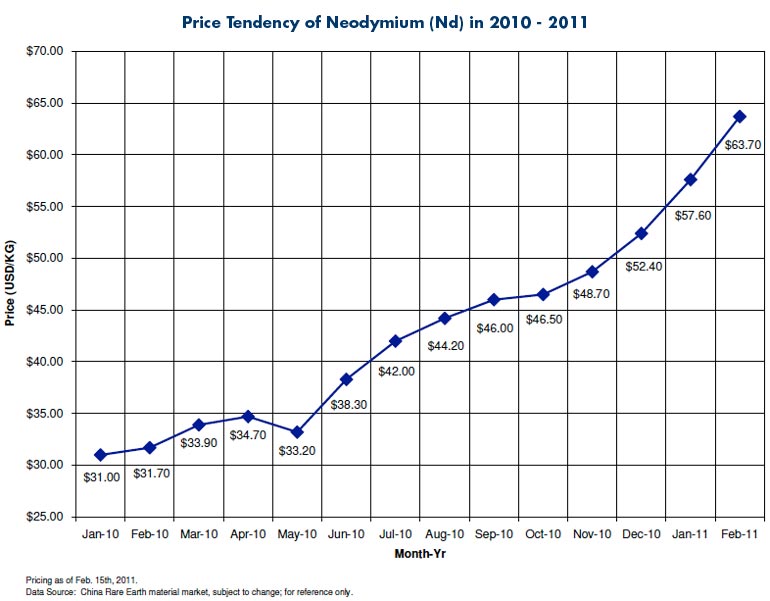
Best Proxy for Global Consumption Increases:
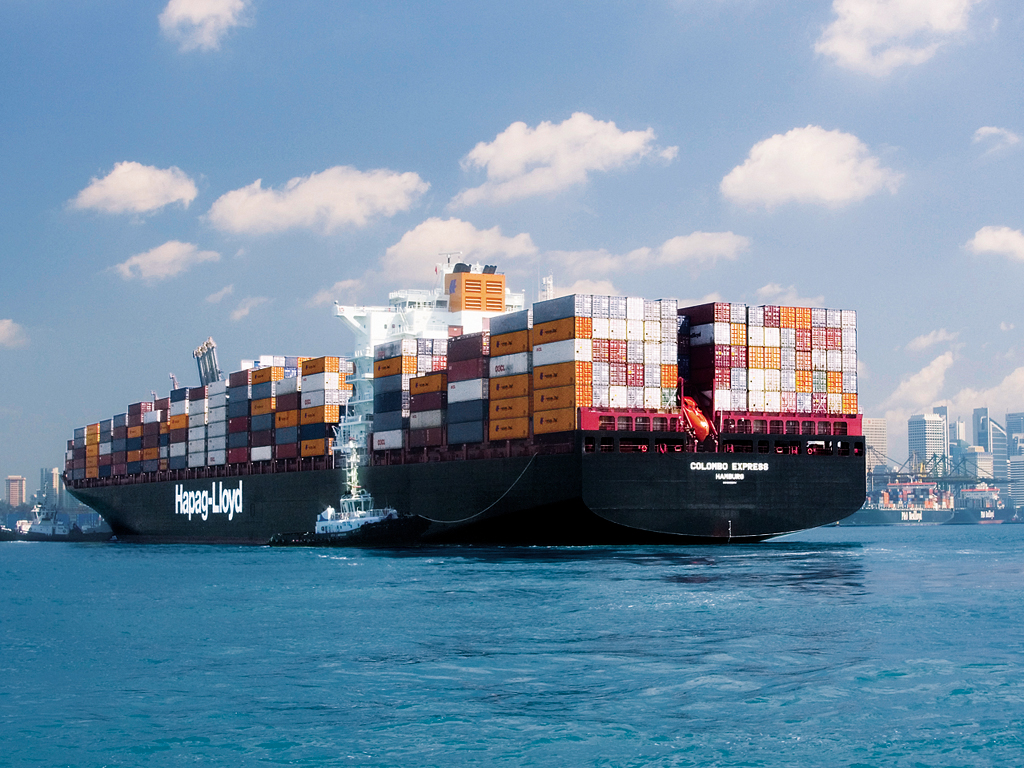
Factor of 10 Growth in just 25 years!  This
is the principle driver of Climate Change
This
is the principle driver of Climate Change
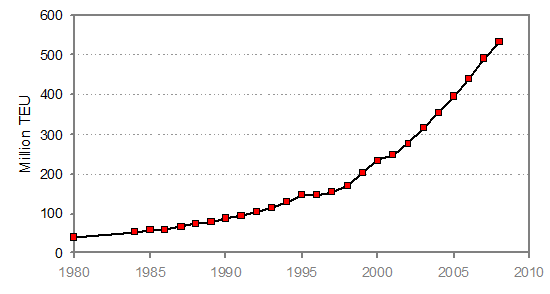
Global Economic Meltdown  temporary blip
temporary blip
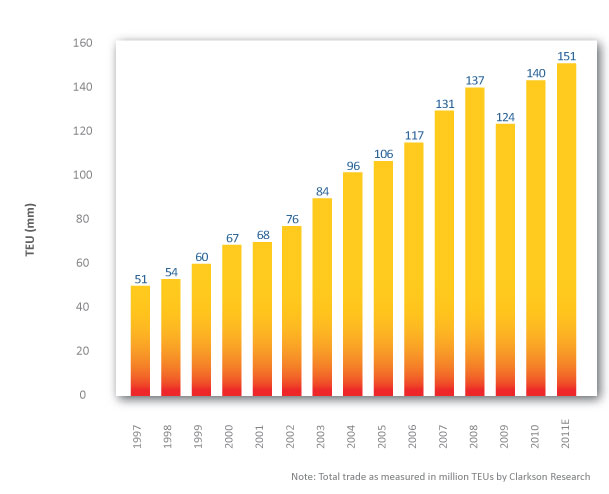
Shipping fleets gear up to serve more and more consumers
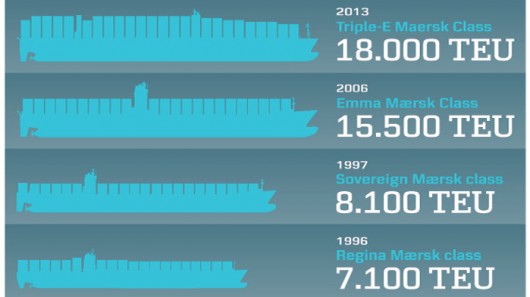
Note - these are now the Consuming Poor; the 21st century equivalent of the British Empire!
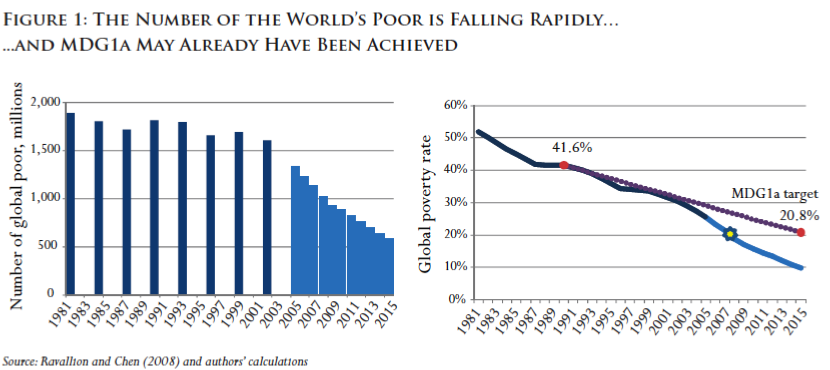
So Who Franchises the World?
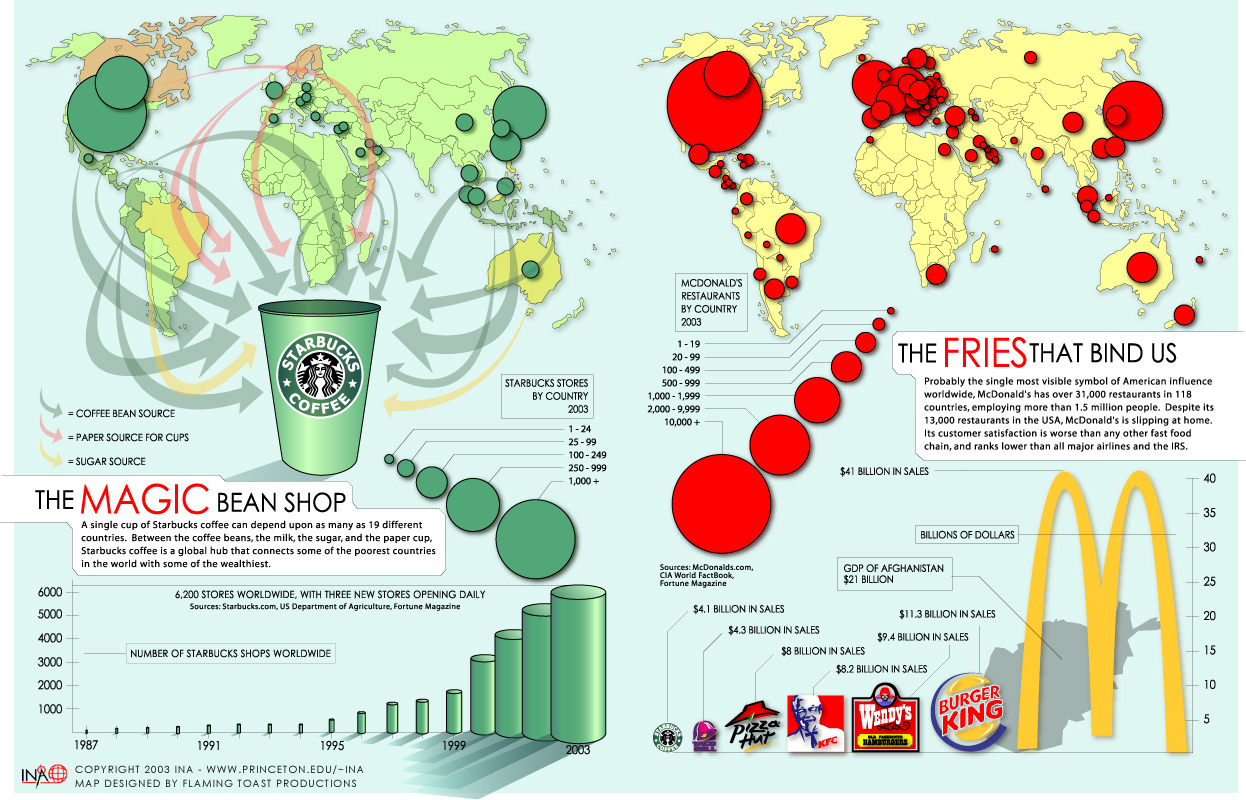
Qualitatively, 'Consumption' is not the problem. Its the RATE of Consumption relative to your resource base that is the problem. |
meaning if you double the population you need 23.5 = 11 times more
electricity generation infrastructure.
From 1900-1950 electricity generation essentially grew linearly with population.
From 1950-2000 electicity generation grew as Pop3.5
It is this non-linear scaling of consumption with population growth that is
not adequately understood or considered.
The manifestations of unbounded crank turning are:
This ultimately is our Post WWII consumption legacy and its definitely driving the coming resource shortage -
Is this the end state of E?. Does E require consumption to
reach its principles?
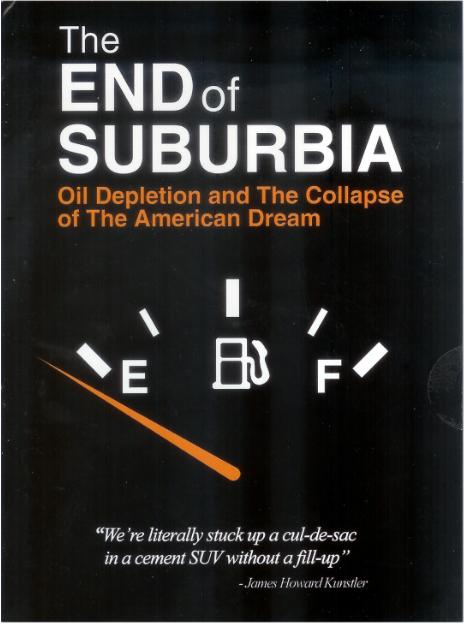
Sustainabilty = Consume Less; lower the global rate. Reintroduce the Sacred.
